We may earn money or products from the companies mentioned in this post. This means if you click on the link and purchase the item, I will receive a small commission at no extra cost to you ... you're just helping re-supply our family's travel fund.
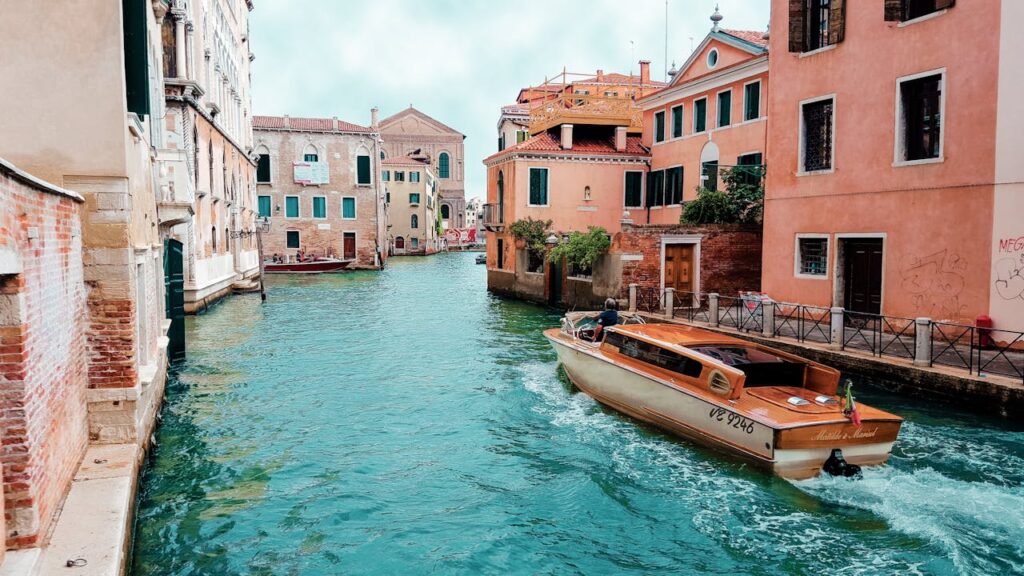
As the world reopens and travel surges in 2025, some beloved destinations are facing mounting pressure. From overcrowding and environmental strain to rising political tensions or unsustainable tourism practices, several iconic spots are being reassessed by travelers and locals alike. While their beauty and cultural value remain undeniable, the consequences of unchecked tourism are becoming more evident. Rethinking travel in 2025 isn’t about avoiding beauty—it’s about respecting it. Here are ten destinations that may warrant a pause or a more responsible approach before planning your next adventure.
1. Venice, Italy
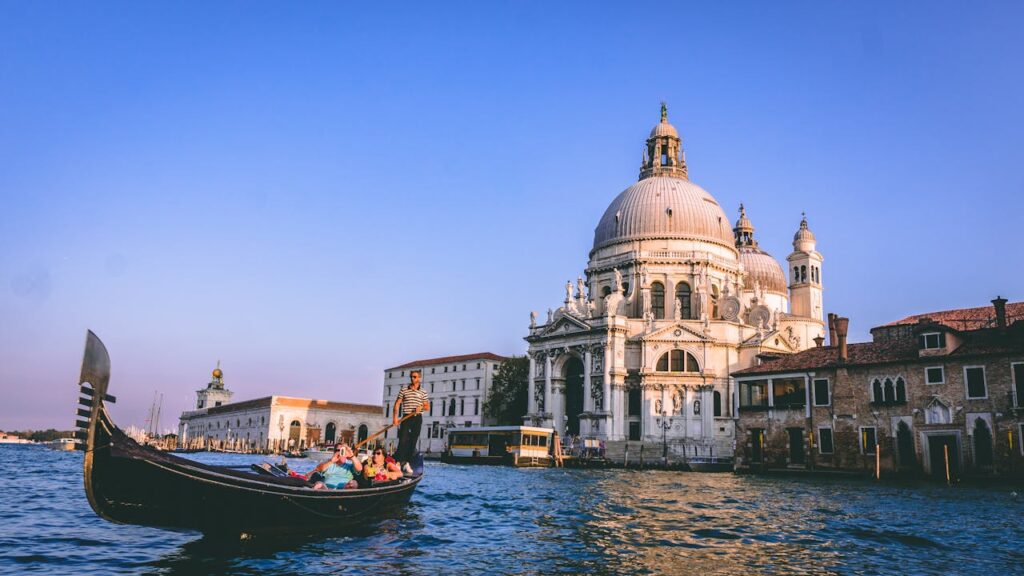
Venice’s charm has long captivated the world, but the city’s delicate infrastructure is buckling under mass tourism. Daily floods, erosion, and overtourism have prompted strict new entry fees and cruise ship bans. The romantic gondolas glide past homes turned into vacation rentals, pushing out locals and transforming the city into a living museum. In 2025, Venice stands at a crossroads—balancing heritage with sustainability. Travelers should consider off-season visits or alternative Italian towns that offer similar charm without the crushing crowds.
2. Bali, Indonesia
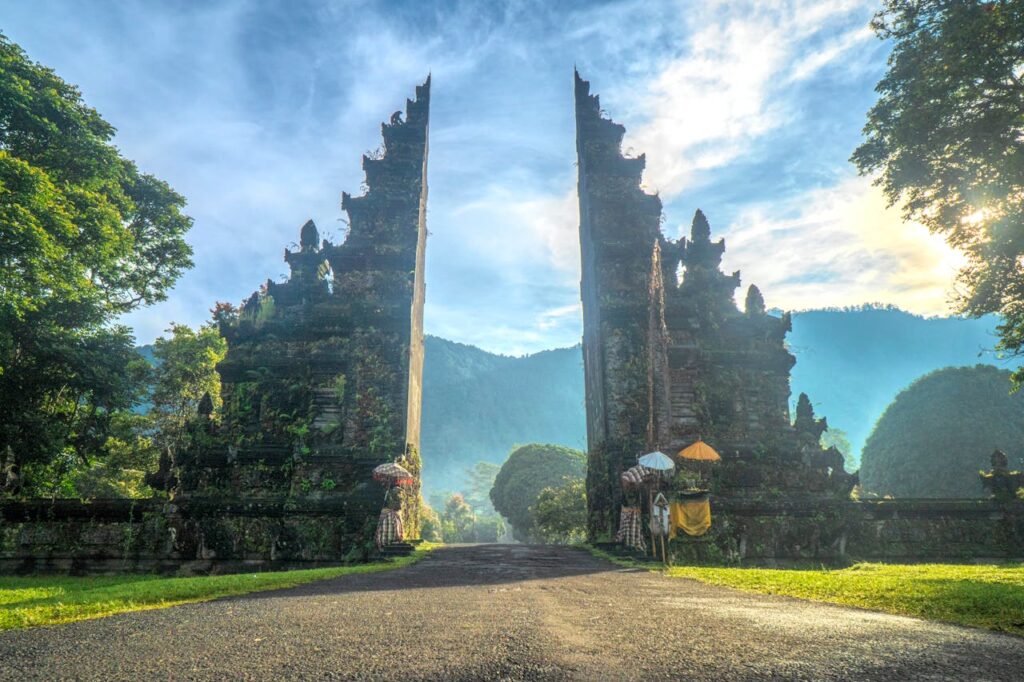
Bali’s serene beaches and vibrant culture have made it a magnet for global nomads and backpackers, but the paradise is under strain. Overtourism has led to water shortages, pollution, and increased waste. In 2025, new tourism taxes and spiritual respect regulations have been introduced to curb insensitive visitor behavior. The local government urges tourists to travel mindfully, respecting religious customs and the environment. For a more balanced trip, consider exploring Bali’s lesser-known neighboring islands, which offer natural beauty without the same level of disruption.
3. Barcelona, Spain

Barcelona’s lively streets and architectural wonders continue to enchant, but residents are increasingly vocal about the city’s transformation into a tourist playground. Local protests, rising rents, and loss of cultural authenticity have prompted citywide debates. In 2025, tighter Airbnb regulations and tourism caps are being enforced to reclaim neighborhoods. The city still welcomes visitors, but sustainable tourism—favoring slow travel, local businesses, and respect for Catalan culture—is now encouraged more than ever.
4. Santorini, Greece
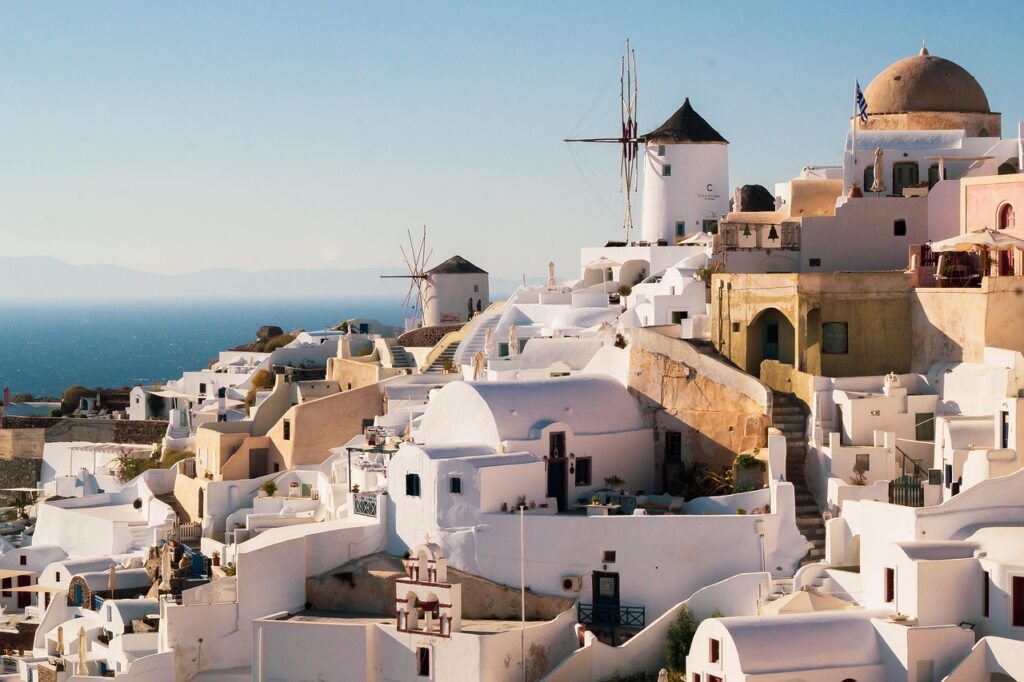
Santorini’s iconic whitewashed buildings and blue domes are world-famous, yet their popularity has a cost. The island’s infrastructure groans under the weight of cruise traffic and selfie-seeking tourists. In 2025, officials have limited daily visitors and imposed port restrictions. Erosion on the cliffs and strain on water supplies are growing concerns. Travelers who wish to experience Greece’s island magic should explore less frequented gems like Naxos or Amorgos—still authentic, still stunning, and far less crowded.
5. Machu Picchu, Peru
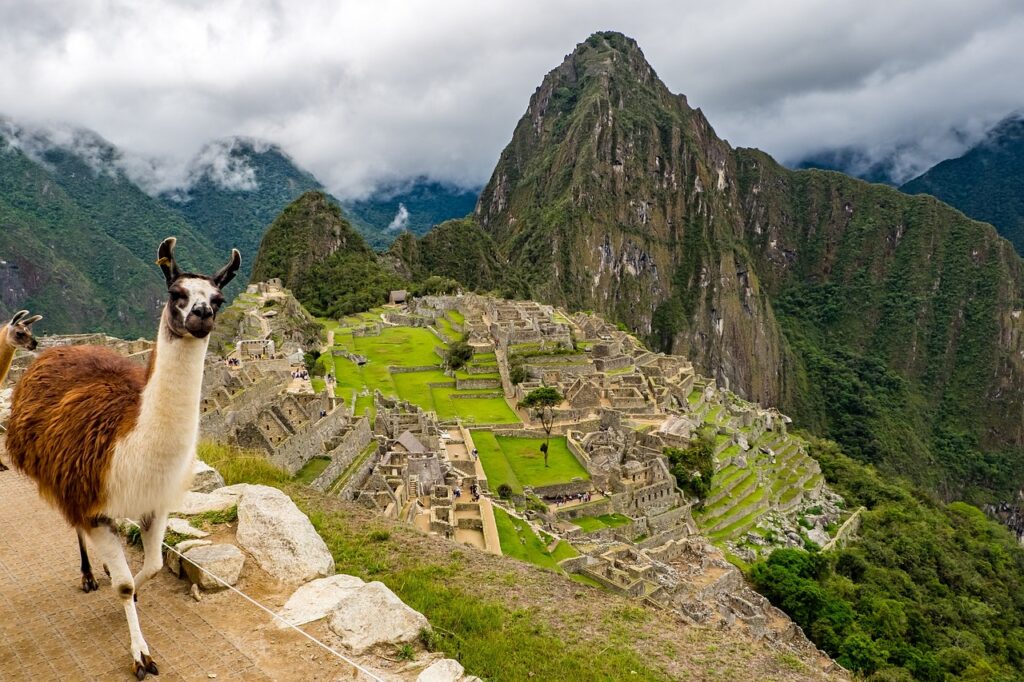
The ancient citadel of Machu Picchu remains one of the world’s greatest archaeological marvels, but its preservation is under threat. Increased foot traffic and environmental damage have led Peru to limit daily visitors and push for alternative trekking routes. In 2025, stricter guidelines on guided tours and entry times are in place to protect the fragile ruins. Instead of the main site, adventurers can explore nearby Incan trails or ruins like Choquequirao—untouched and equally breathtaking.
6. Iceland
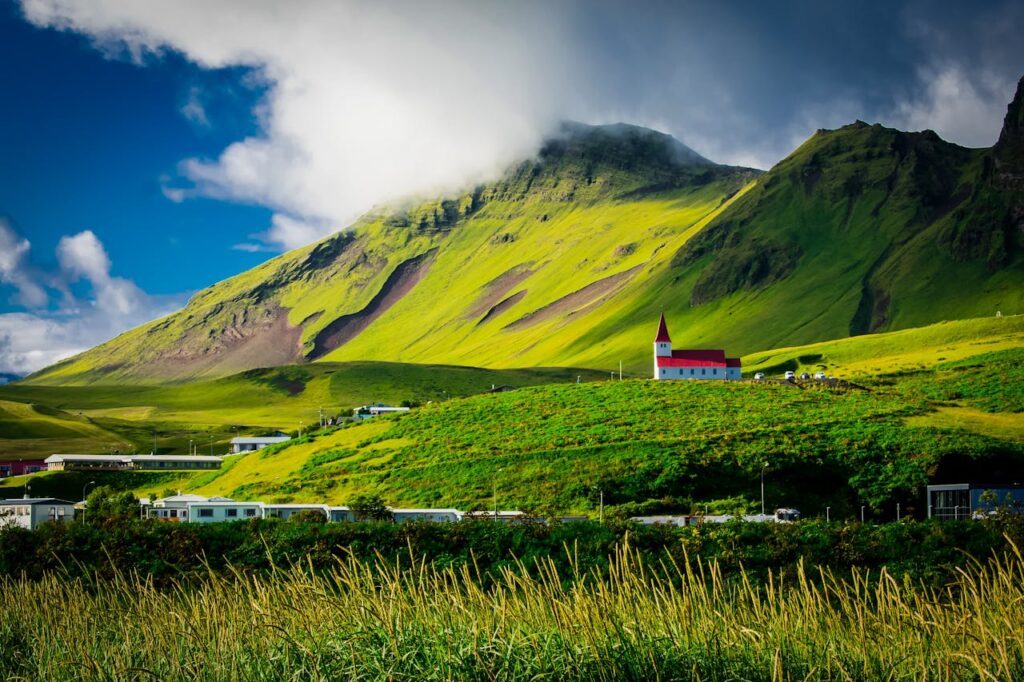
Iceland’s raw, untouched beauty has attracted a surge of visitors over the past decade. But the impact on fragile ecosystems, roadways, and small communities is growing. In 2025, authorities have implemented tighter environmental regulations and entry fees for natural landmarks. Some hot springs now require reservations, and drone bans are more widespread. Responsible travel—sticking to marked paths, reducing car travel, and engaging with local communities—is essential to preserving Iceland’s mystical landscapes for generations.
7. Kyoto, Japan
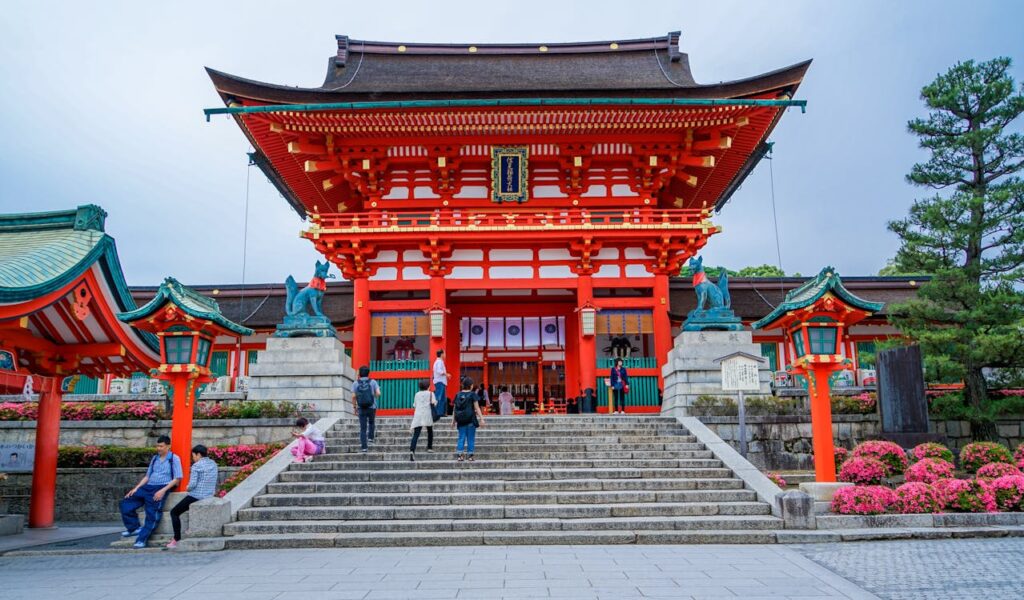
Kyoto’s ancient temples and geisha districts offer a timeless glimpse into Japanese tradition, but its rising fame has brought disruption. Tourists crowd Gion in search of photos, sometimes disrespecting geishas and local customs. In 2025, photography bans and visitor etiquette campaigns aim to restore dignity to sacred spaces. Travelers should educate themselves on cultural sensitivity before visiting and consider other historic towns like Kanazawa for a quieter, respectful experience of Japanese heritage.
8. Amalfi Coast, Italy
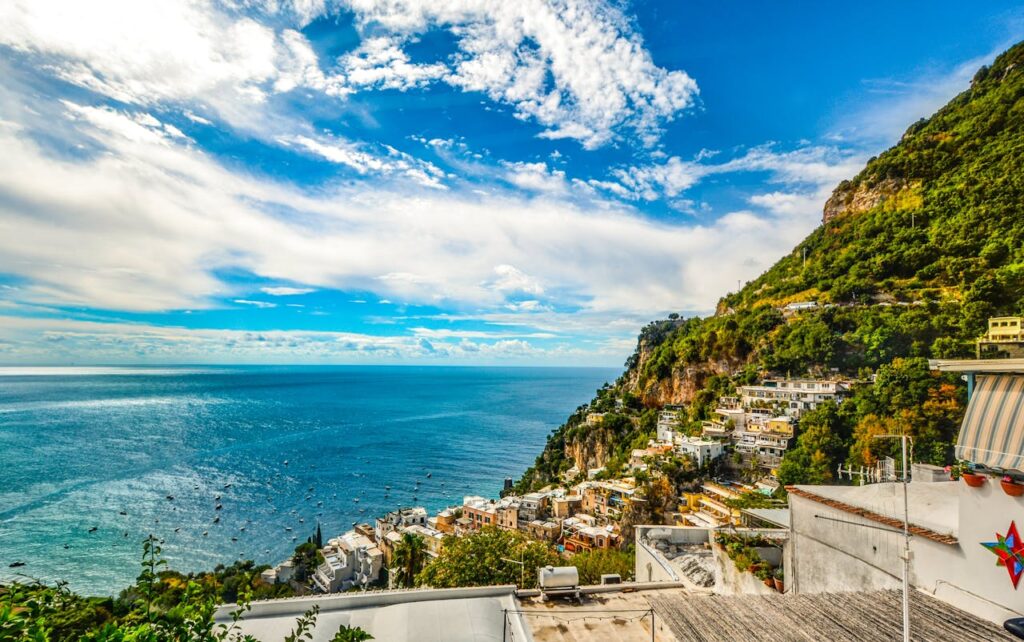
The Amalfi Coast’s cliffside villages and sun-soaked beaches draw millions each year—but with popularity comes traffic chaos and inflated prices. Narrow roads become jammed in high season, and locals struggle with the seasonal influx. In 2025, Italy has placed driving restrictions, tourist limits, and day-trip discouragements along the coast. Consider shoulder seasons or exploring nearby regions like Cilento for a more authentic and sustainable Italian seaside experience.
9. Dubrovnik, Croatia
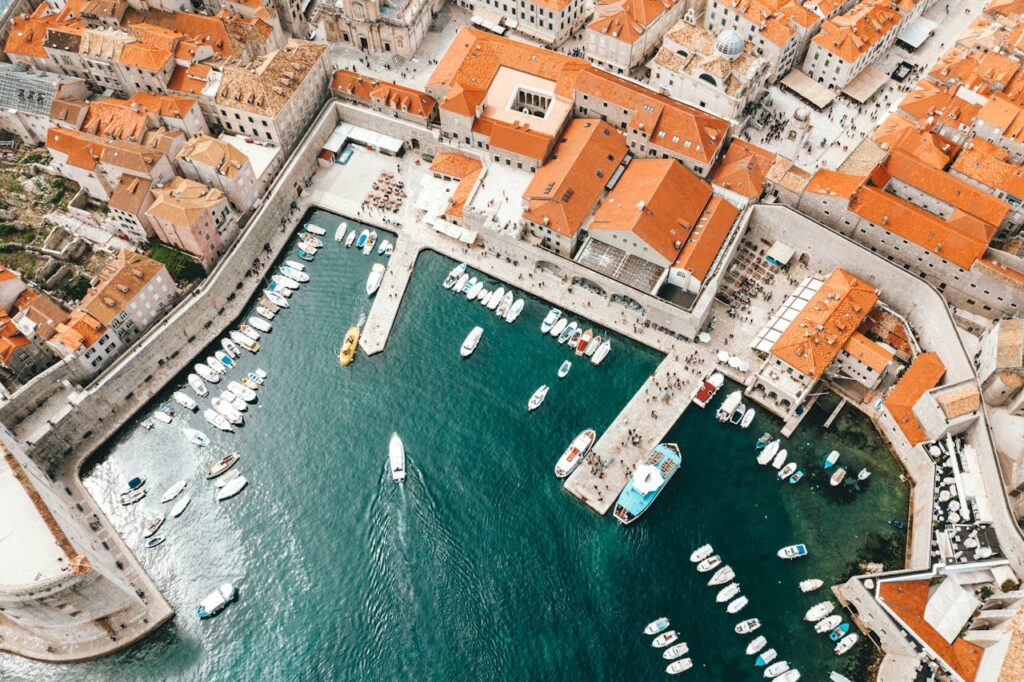
Famed for its medieval charm and “Game of Thrones” fame, Dubrovnik has become a victim of its own success. Crowds overwhelm the Old Town, straining local infrastructure and diminishing the experience. In 2025, new entry ticketing systems and cruise ship caps are in place. The city encourages longer stays over quick visits to support its community. Travelers seeking similar architecture and Adriatic beauty might turn to towns like Šibenik or Korčula for a more balanced trip.
10. Hawaii, USA
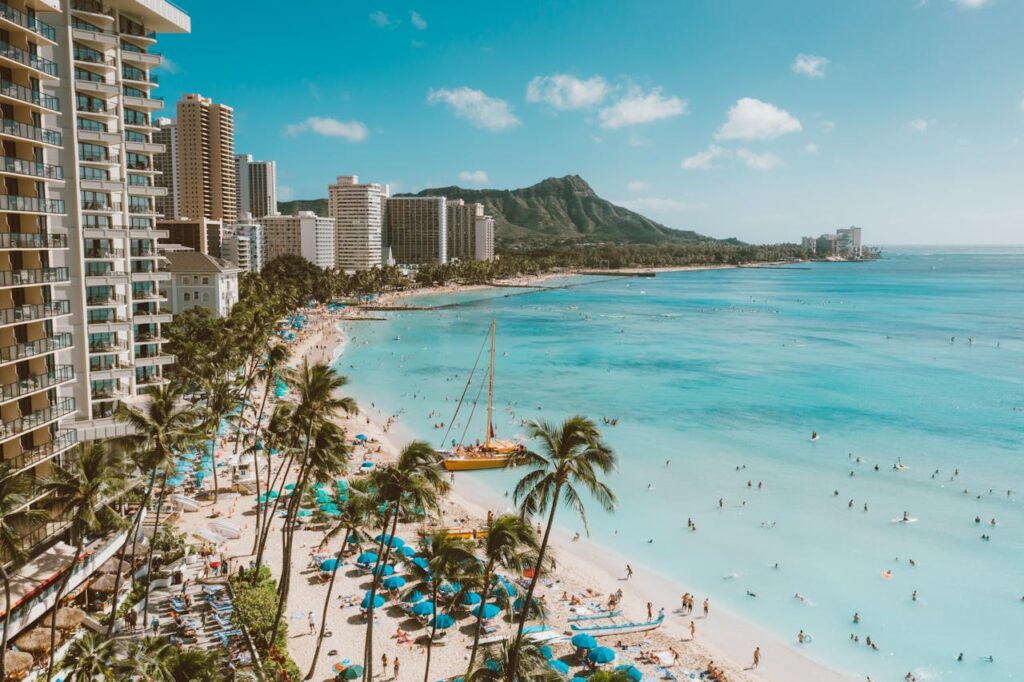
Hawaii’s allure as a tropical paradise is undeniable, but native Hawaiians have raised growing concerns over land misuse, cultural appropriation, and environmental degradation. In 2025, some regions have enacted stricter limits on short-term rentals and trail access. Visitors are being asked to educate themselves on local customs and contribute to conservation efforts. Choosing local tour operators and respecting sacred spaces helps travelers experience the islands responsibly, while also preserving Hawaii’s unique cultural and ecological legacy.